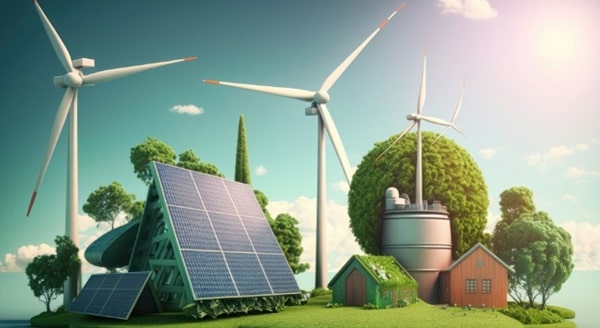India is poised to achieve the highest per capita income growth globally in the next decade, driven by a confluence of economic reforms, increased trade, and robust domestic consumption. According to recent reports from Standard Chartered and other financial institutions, India’s economic trajectory will see significant transformations by 2030, positioning it as a leading global economy.
Economic Projections
– Per Capita Income Growth
India’s per capita income is expected to surge by nearly 70% by 2030, reaching approximately $4,000 from the current $2,450. This substantial growth will transition India towards becoming a middle-income economy with a projected GDP of $6 trillion. The primary drivers of this growth include external trade and household consumption.
– GDP and Trade Expansion
The Gross Domestic Product (GDP) of India is forecasted to more than double, moving from $3.5 trillion to over $7.5 trillion by 2031. The nation’s external trade is also expected to nearly double, increasing from $1.2 trillion to $2.1 trillion by 2030. This expansion in trade will play a pivotal role in boosting economic growth.

Drivers of Growth
– External Trade
External trade is anticipated to be a major growth driver, significantly bolstering the economy. The increase in exports and imports will facilitate economic diversification and integration into global value chains. India’s share of global exports is expected to double, further enhancing its economic footprint.
– Domestic Consumption
Household consumption is set to jump to $3.4 trillion by 2030, up from $2.1 trillion in 2023. This surge in consumption will be fueled by rising incomes, urbanization, and an expanding middle class. Currently, household consumption constitutes 57% of India’s GDP, reflecting its critical role in driving economic growth.
Regional Disparities
– Leading States
The report highlights significant regional disparities in per capita income across Indian states. As of FY23, Telangana leads with a per capita income of INR 275,443 (approximately $3,360), followed by Karnataka, Tamil Nadu, Kerala, and Andhra Pradesh. These states contribute significantly to the national GDP and are expected to continue their economic leadership.
– Lagging Regions
In contrast, large states like Uttar Pradesh and Bihar, which together comprise 25% of the population, are projected to have per capita incomes below $2,000 by 2030. This stark disparity underscores the need for targeted policy interventions to ensure more inclusive growth across the country.
Economic Reforms and Policy Implications
– Structural Reforms
India’s economic prospects are bolstered by consistent reform progress, macroeconomic stability, a healthy financial sector, and public capital expenditure (capex) initiatives. These reforms are crucial for sustaining long-term growth and mitigating potential economic risks.
– Debt and Fiscal Management
Managing the rising debt and fiscal deficit will be critical to maintaining economic stability. While the government has introduced various subsidies and welfare schemes, balancing these expenditures with fiscal discipline will be essential to avoid adverse impacts on growth.
– Inequality and Inclusive Growth
Despite the promising economic outlook, challenges such as income inequality and regional disparities persist. Ensuring that the benefits of growth are widely shared will be crucial for sustainable development. Addressing these issues through equitable policy measures will help in achieving more inclusive economic progress.
– Investment in Technology and Infrastructure
Investments in technology and infrastructure will play a vital role in supporting India’s economic ambitions. Enhancing digital infrastructure, promoting renewable energy, and improving logistics and transportation networks will be key to sustaining high growth rates and enhancing global competitiveness.
Conclusion
India’s economic journey over the next decade is set to be transformative, with significant increases in per capita income and GDP. The nation’s ability to leverage external trade, domestic consumption, and strategic reforms will be critical in achieving its growth targets. Addressing regional disparities and ensuring inclusive growth will be equally important to realize the full potential of this economic boom.

